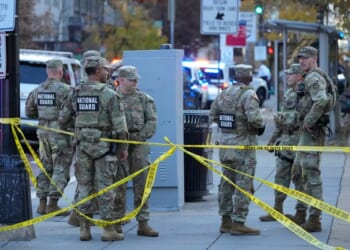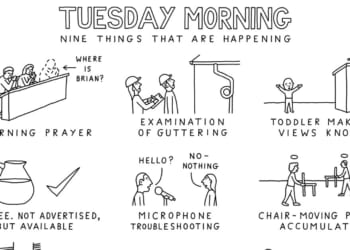I just finished listening to the oral argument in Callais. There are almost certainly six votes to rule in favor of Louisiana here. Justice Kavanaugh came to the argument extremely well-prepared, and seems to have mapped out all of the contours of an opinion. It seemed like he was reading from notes, and articulating different standards that could apply. He quibbled a bit with the Deputy SG’s phrasing, but I think he is generally comfortable with the government’s framing of the case. Chief Justice Roberts was quiet, and (as best as I can recall) only asked whether certain issues were raised in the Alabama litigation a few year ago. The Chief should assign the majority to Justice Kavanaugh, but will probably keep it himself. Justice Barrett was also working out some of the finer nuanced doctrines of the Enforcement Power analysis. She will probably write a concurrence along those lines.
There is much to discuss, but here I want to focus on a broader question of constitutional law.
Section 5 of the Fourteenth Amendment gives Congress the power to enact “appropriate legislation” to enforce the rest of the Fourteenth Amendment. City of Boerne v. Flores Court held that there are limits to Congress’s power to remedy a violation of Section 1 (such as the Due Process or Equal Protection Clauses). Specifically, the remedy must be “congruent and proportional” to the constitutional violation.
The Supreme Court has never addressed whether the “congruence and proportionality” test also applies to Section 2 of the Fifteenth Amendment. I wrote about this way back in 2013 after Shelby County.
Today, several justices seemed to suggest that the Boerne test would limit Congress’s powers under the Fifteenth Amendment. At one point, Justice Barrett asked counsel for petitioners to “assume” the Boerne test applied to the Fifteenth Amendment. In past cases, when Justice Barrett asks lawyers to assume something, that almost certainly means that is her position. Indeed, given Justice Barrett’s unwillingness to reverse Smith, I think she will have to go all-in on Boerne.
If the Court does adopt the Boerne test, then the VRA inquiry changes. It is not disputed that the Fifteenth Amendment, like the Fourteenth Amendment, prohibits intentional discrimination. But Section 2 of the VRA (not to be confused with Section 2 of the Fifteenth Amendment) is an “effects” based test, that does not require any showing of intentionality.
Perhaps at some point in the past, Section 2 was a “congruent and proportional” response to the state of voting rights in the United States. Maybe that was even true when Gingles v. Thornburg was decided in 1986. But times have changed. Is there still a “congruence and proportionality” in 2025? I think it is worth noting that Gingles was decided a decade before Boerne. Then again, Boerne contrasted RFRA with the VRA, which had been upheld in Katzenbach.
The application of Borne to the VRA may give the Court a hook to “sunset” that provision, and rule that forcing the states to consider race when drawing maps may no longer be appropriate. Grutter gave the use of race a 25-year sunset clock. Gingles has had an even longer run.
Justice Barrett suggested that Gingles does not need to be “modified” but instead might be “clarified.” The Court did just that with another Burger Court precedent. In Groff v. DeJoy (2023), the Court completely rewrote how TWA v. Hardison had been interpreted on the ground for five decades. And that was done to save the precedent from being overruled. Gingles may meet a similar fate. And yet another Burger Court precedent will bite the dust. (In fairness to co-blogger Paul Cassell, CJ Burger only concurred in the judgment in Gingles, which was decided during his final week on the Court.)
The post <i>Boerne</i>, RFRA, and the VRA appeared first on Reason.com.















